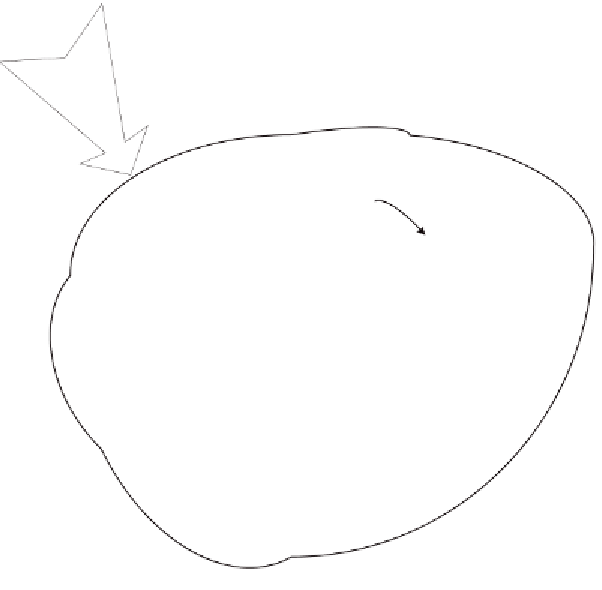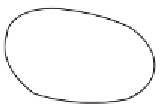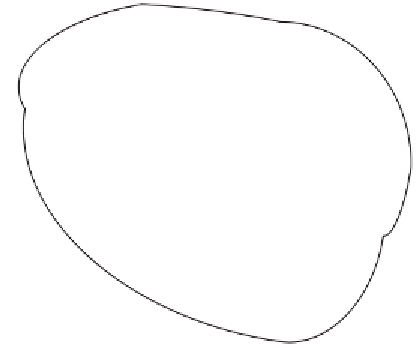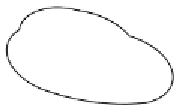Information Technology Reference
In-Depth Information
Figure 5. Process model for library organization leadership
7.
2.
Model based on
organizational
purposes, processes,
relationsships
3.
Engage in
collegial
relationships
Provide active
learning
environment
1.
Appreciate,
evaluate, take
action
9.
8.
Anticipate future
service demands, service
use and possibilities
al.,
2006; Davis & Somerville, 2006; Somerville
& Howard, 2008). By providing this model, which
complements the case description, the aim is to
further establish the authenticity of the inquiry
process (Champion & Stowell, 2003).
The model, Figure 5, illustrates the responsi-
bilities of the organizational leader who chooses
to enable, employ, and operationally implement
systems thinking practices and processes. It rep-
resents layers of activities that interact with each
other. At the very center of the figure, activity
1 represents the activities that are involved in
providing an active learning environment. Its
placement at the very heart of the model conveys
the belief that a contemporary organization should
be designed so as to be able rapidly to learn from
and adapt to its own successes and failures, and
those of relevant others. It should also be capable
of adapting to internal and external changes that
affect its performance, and of anticipating such
changes and taking appropriate action before
these changes occur. This requires, among other
things, that the organization be susceptible to
continual redesign by its internal and external
stakeholders (Ackoff
et al
., 2006). Therefore, the
organizational leader should create the conditions
for employees to easily access and exchange in-
formation in terms that extend their interpretive
and appreciative capabilities. Accomplishing
this requires understanding “the process through
which an organization (re)constructs knowledge”



































Search WWH ::

Custom Search